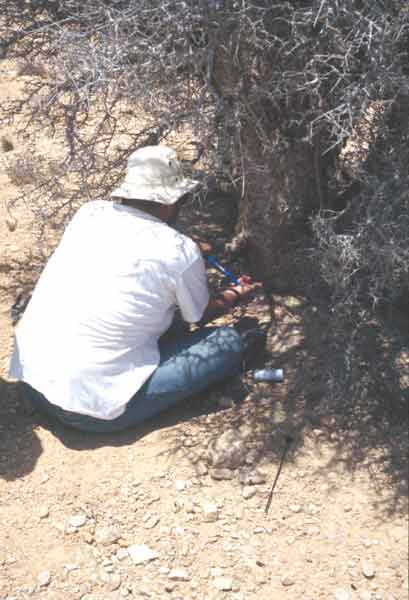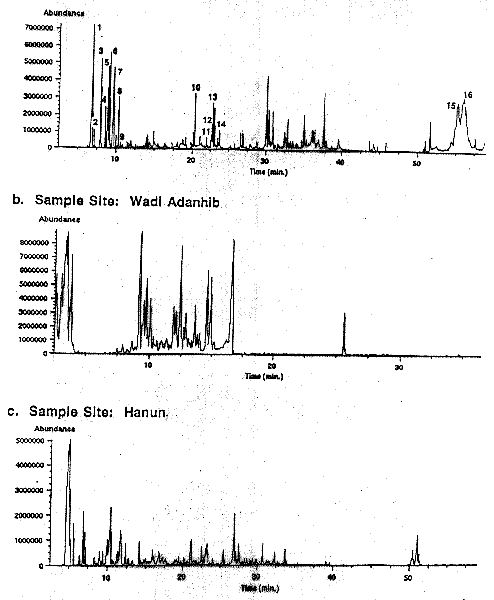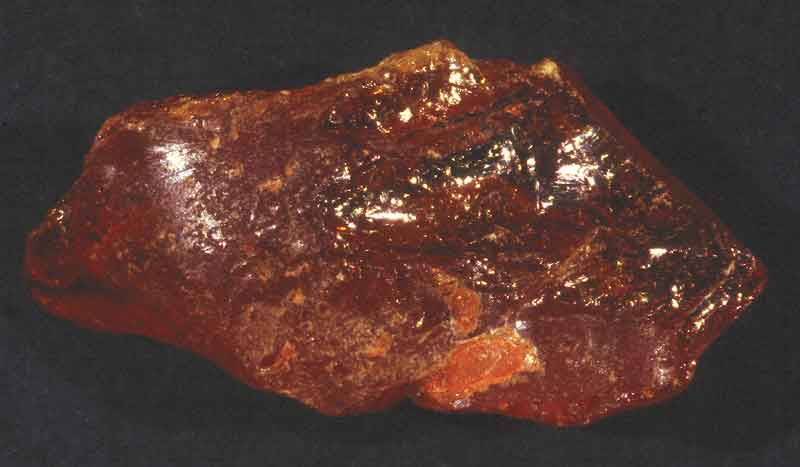Incense as the product of distinctive South Arabian and East African trees is only now being closely scrutinized. Future research will throw light on past distribution as well as their fossilized and living chemical construct:
|
|
 Incense in the Land of Arabia Felix
Frankincense and Myrrh are among the most famous of all aromatic products found in Southern Arabia. Since at least 6000 B.C. peoples both in Southern Arabia and adjoining lands soon exploited this incense for a multitude of purposes. |
|
 Present and Past Ranges
The current distribution of incense occurs in Central Southern Arabia and the Northern Horn of Africa. The range of incense trees is closely tied to the activity of the Southwest Monsoon. Many researchers have suggested the both the monsoon and the incense trees reanged considerably northward during the last 10,000 years. |
|
 Chemistry of Incense
Both Frankinsense and Myrrh have distinctive chemical finger prints which are now just beginning to be understood. For archaeological and historical purposes such chemical fingerprinting may help in understanding ancient sources and trade patterns. |
|
 Fossil Resins
The sap of ancient incense trees became fossilized in certain locations of East Africa during the last 1 million years. This fossil incense has been traded to make distinctive beads as well as industrial applications such as shellac. |
|
 Economics of Incense
External demand for incense products most likely began in the Early Neolithic, but our clearest reference to such trade begins in the Bronze Age. From subsequent periods, we see an ever growing picture linking South Arabia to its more famous neighbors to its north. |